- Your cart is empty
- Continue Shopping
Temperature sensor ТСМ-003, ТСП-003, ТХА-003, ТХК-003, ТЖК-003
$18
Temperature sensors ТСМ-003, ТСП-003, ТХА-003, ТХК-003, ТЖК-003 group 0 are designed to measure the ambient temperature, liquid, gaseous and loose chemically non-aggressive media, as well as the surface of solids in various industries.
Temperature is the most common measured parameter, and overheating is one of the most negative factors in the operation of equipment, therefore, there are a huge number of ways and places to use temperature sensors.
The principle of operation of resistance thermocouples is based on a change in the electrical resistance of conductors and semiconductors depending on temperature. The material from which such a sensor is made should have a high temperature coefficient of resistance, possibly a linear dependence of resistance on temperature, good reproducibility of properties and inertness to environmental influences. To the greatest extent, platinum satisfies all of the above properties; slightly less copper.
Thermocouple Are exclusively differential temperature sensors. They generate an electrical signal proportional to the temperature difference between two different points. Therefore, the junction (junction) that we use to measure the required temperature is called the "hot" junction, while the other junction (from which we can not escape) is called the "cold" junction.
- Classification of temperature sensors 003 REGMIK by the type of measuring (sensing) element
- resistance thermocouples (thermometers) - TSM, TSP;
- thermoelectric thermocouples (thermocouples) - THA, THK, TJK;
- semiconductor converters - TP.
Main technical characteristics of temperature sensors ТСМ-003, ТСП-003, ТХА-003, ТХК-003, ТЖК-003:
- SE connection diagram – two-, three-, four-wire;
- by type of SE are divided into:
- resistance thermocouples (TC) (50M, 100M, 50P, 100P, Pt100, Pt500, Pt1000, Pt2000, Pt10000);
- thermoelectric converters (TP) (thermocouples TXA (K), TXK (L));
- semiconductor (DS18B20);
- protective reinforcement material - stainless steel 12X18H10T;
- degree of protection against dust and water - IP54;
- the design of thermal converters (temperature sensors) - non-separable;
- insulation resistance - not less than 100 megohms;
- tolerance classes - A, B, C (for vehicle), 1, 2 (for TP).
| NSX type | TSM 50M, 100M, TSP 50P, 100P, RTD Pt100, Pt500, Pt1000, THK, THA |
|---|---|
| Tolerance class | 1, 2, 3 (for THA), 2, 3 (for THK), A, B, B / 3 (for TSM, TSP) |
| Mounting part diameter D, mm | |
| Mounting part length L, mm | 1000, 120, 1250, 1500, 160, 200, 2000, 250, 320, 400, 500, 60, 630, 800 |
| Thread type | |
| Working range of measured temperatures, ° С | |
| Thermal inertia index, s |
Modifications
| TSP - 101 - Pt100 B 3 × 1 - D6 L150 - 40 - 500 M20x1.5 S22 B12 (-40 ... 180) | |||||||||||||
|---|---|---|---|---|---|---|---|---|---|---|---|---|---|
| TSP | 1 | 01 | Pt100. | B. | 3×1 | D6 | L150 | 40 | 500 | M20x1.5 | S22 | B12 | (-40…180) |
| A type: TSM, TSP, THA, THK, TJK, TP (semiconductor) |
|||||||||||||
| Group: 0 - submersible; 1 - immersed with cable outlets; 2 - superficial; 3 - air. |
|||||||||||||
| Vehicle modification: | |||||||||||||
| Designation modifications (groups) |
Valid values yy | ||||||||||||
| 0yy | 01, 02, 03, 04, 11, 12 | ||||||||||||
| 1yy | 01, 02, 03, 04, 05, 06, 07, 08 | ||||||||||||
| 2yy | 02, 03, 04, 04r, 05, 05r, 06, 07, 09 | ||||||||||||
| 3yy | 01, 02, 03, 03p, 07 | ||||||||||||
| HCX type: TSP - 10P, 50P, 100P, 1000P, Pt10, Pt50, Pt100, Pt500, Pt1000; TSM - 10M, 50M, 100M, 500M, 1000M |
|||||||||||||
| Tolerance class: TSP - AA, A, B, C; TSM - A, B, C |
|||||||||||||
| Connection diagram of the terminals of the vehicle: PxN, Where: P is the number of pins; N - number of SE according to Figure 1.1 |
|||||||||||||
| Mounting part diameter, D, mm according to the dimensional drawing | |||||||||||||
| Mounting part length, L, mm: according to the dimensional drawing | |||||||||||||
| Length of the outer part, Lн, mm: according to the dimensional drawing | |||||||||||||
| Lead length, Lв, mm: according to the dimensional drawing | |||||||||||||
| Connection thread type: according to the dimensional drawing | |||||||||||||
| Union nut size, mm: according to the dimensional drawing | |||||||||||||
| Bayonet size, mm: according to the outline drawing | |||||||||||||
| Temperature range, ° С: according to table 1.10 | |||||||||||||
You must be logged in to post a review.

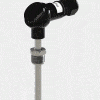
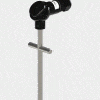
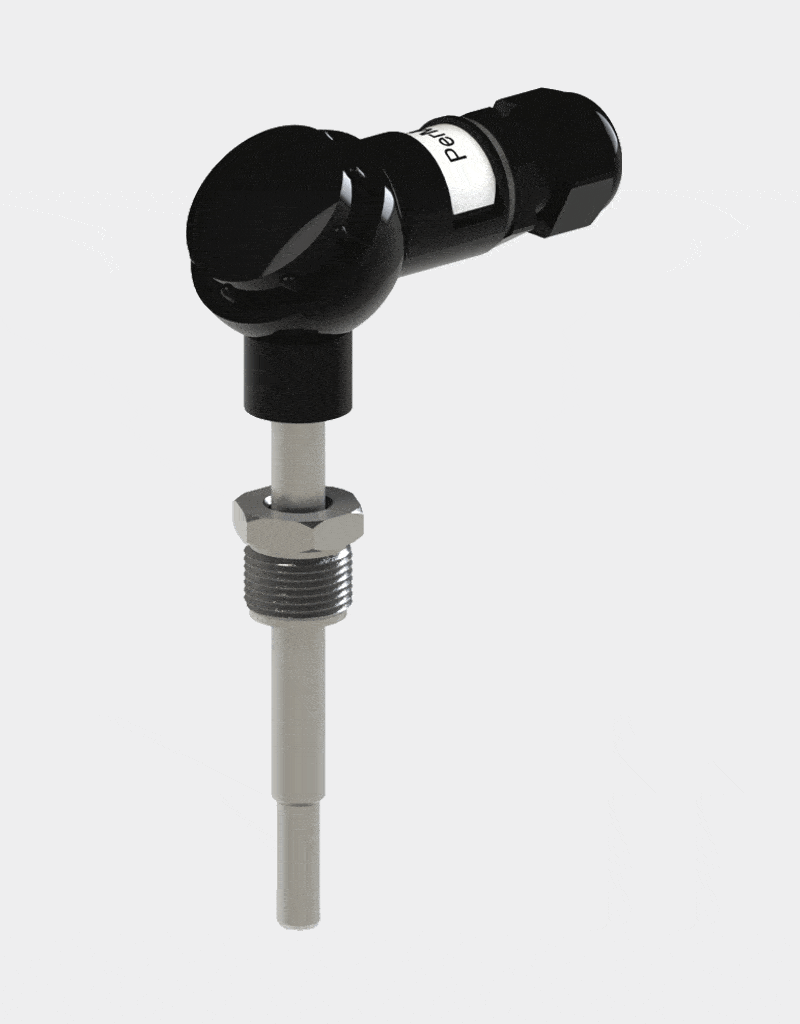
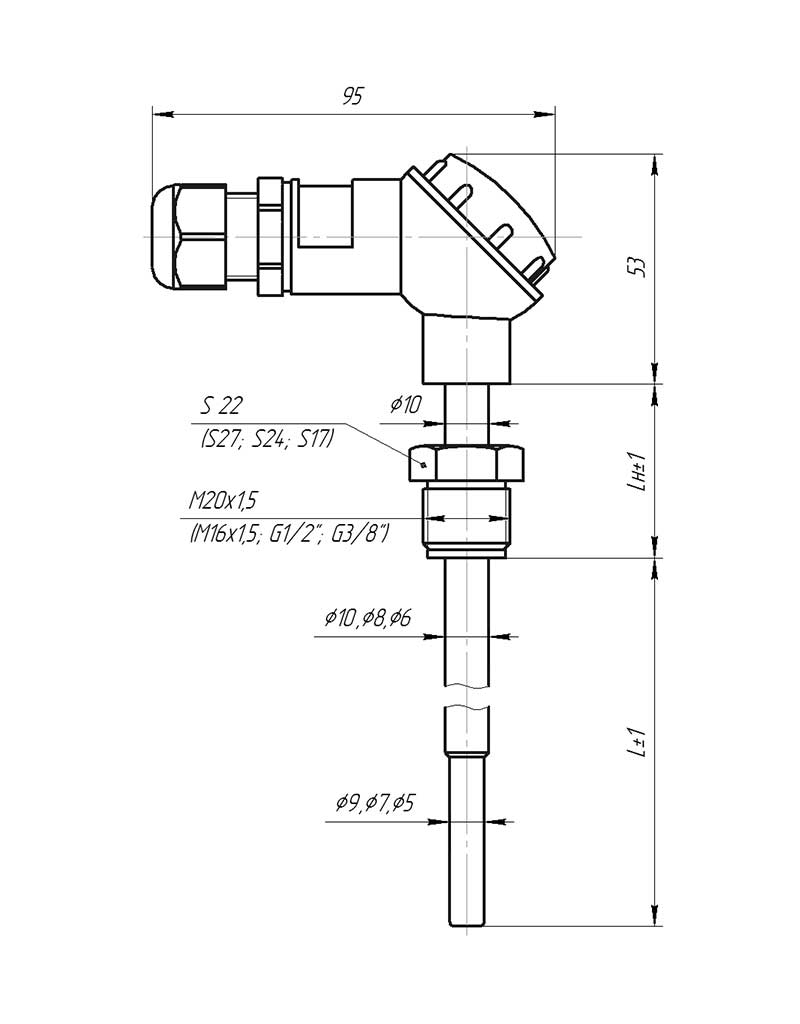
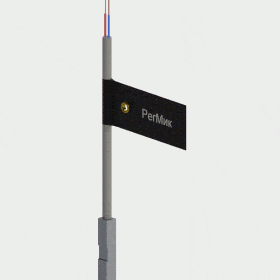
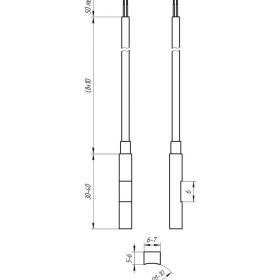

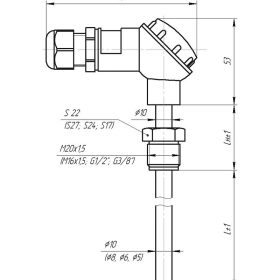
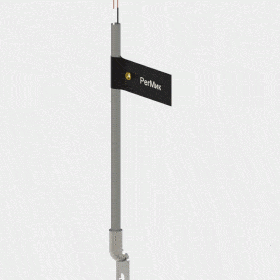
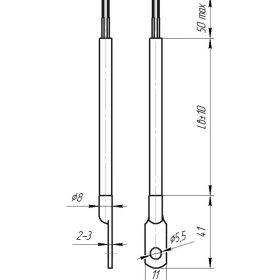
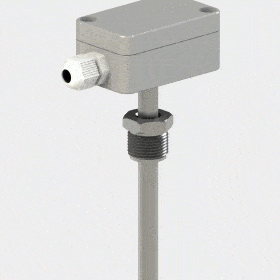
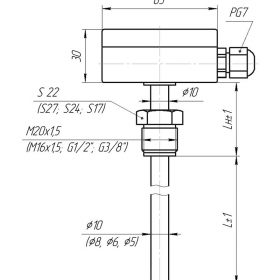




Відгуки
Відгуків немає, поки що.